Bad Belief Behavior: When Superstition Saves Lives
In a recent lecture at Cheltenham Science Festival, the cantankerous curmudgeon Richard Dawkins pushed past his usual one-man crusade against all religion and voiced his opinion that fun and imagination need to be stomped out at an early age.
“Is it a good thing to go along with the fantasies of childhood, magical as they are? Or should we be fostering a spirit of skepticism?” Dawkins reportedly told the crowd. “I think it’s rather pernicious to inculcate into a child a view of the world which includes supernaturalism – we get enough of that anyway. Even fairy tales, the ones we all love, with wizards or princesses turning into frogs or whatever it was. There’s a very interesting reason why a prince could not turn into a frog – it’s statistically too improbable.”
Dawkins later explained himself on that hub of important, factual, late-breaking news—Twitter—clarifying “But DO fairytales [instill dangerous superstitious belief in children]? It’s an interesting Q. The answer is probably no.” So, apparently, Dawkins was merely postulating out loud in a personal Monty Python style Argument Clinic. Fairytales aren’t bad, essentially; they just really should be replaced by toddlers having science lessons instead.
ADVERTISEMENT
See Jane. See Jane switch on her particle accelerator. Collide atoms, Jane, collide atoms!
With the education system in some parts of the US still haggling over evolution being taught in schools and an embarrassingly high number of people believing that humans and earth are less than 10,000 years old, it’s safe to say that science education is needed now more than ever. But to extrapolate that idea to the absurd conclusion that fiction and beliefs that aren’t scientifically proven need to be eliminated in the name of public safety is about as crazy and radical a thought as the world being flat. Belief and imagination fuel fictional works which become inspiration for reality. Just imagine a world where Jules Verne lacked the imagination to envision space travel, underwater exploration, and flying machines. So much of scientific advancement has come from being inspired by fictitious “impossibilities” at the time and the people who dared to ask, “What if we really could do that?”
It’s all a matter of belief, whether it’s believing in yourself or believing that impossible things really are possible. The United States was founded on the belief that all men are created equal. We also believe in the value of our paper currency, which is essentially worthless. See, belief is not a horrible thing in every situation. And even when it comes to the supernatural and superstitious, belief can be an asset as well as a lifesaver.
Have you ever heard of a ghost story saving a life? Well, it really happened on the night of June 18, 1903, just west of Kalispell, Montana, as reported by the St. Paul Globe. The Great Northern Railroad crossed a bridge over a small stream where a ghost was said to wander at night. The engineer behind that throttle that night had heard the tale and kept a close eye out. As he reached that very spot, a ‘shadowy figure’ seemed to step across the tracks and ‘wave long ghostly arms’. Terrified, he threw on the brakes and put the locomotive in reverse, bringing the train to a stop just two feet before the bridge. But the bridge wasn’t there; it had been washed away by strong recent rains. What he had thought was a ghostly warning of impending disaster turned out to be a bug on the headlight magnified to look like a spooky shadow. But had he not thought he saw an actual ghost, he never would have stopped and avoided what surely would have been a fatal accident.
1982, Spokane’s Spokesman-Review published an article on January 15th about a curious incident involving Flight 90 which plunged into the Potomac during a winter storm. One would-be passenger named Marika Conway was scheduled for the flight at Washington International Airport, but never set foot on board the plane. “At the last minute, I changed my mind because [the date] was the 13th.” Seventy three of the 79 passengers on that flight perished in the freezing waters.
Even more recently in 2010, a man from Somalia owes his life to superstitious belief. Six men were floating in a 12-15 foot boat on the ocean for three months when the craft washed ashore on the island of Makunudhoo. Five men were rushed to a hospital, dehydrated and starved to the brink of death, yet the sixth man was curled up in the anchor locker and assumed to be dead. Local islander elders believed that burying a rotting corpse on the island would make it haunted so they prevented authorities from proceeding with such a burial. The following morning, they noticed he was slightly moving. It turned out that the man wasn’t dead, but extremely close to it. Had they buried him as they planned the day before, he surely would have been.
This certainly doesn’t mean that bad things haven’t happened from superstitious belief or stories of ghosts, monsters, and curses. But it does show that calling all superstitions and supernatural beliefs or stories dangerous is an outright lie. Whether it’s scaring away would-be thieves or making teenagers think twice about finding a dark, secluded hideout to park a car and get their groove on, sometimes believing things–whether or not they’re actually true–can be a very good thing.
MORE GREAT STORIES FROM WEEK IN WEIRD:


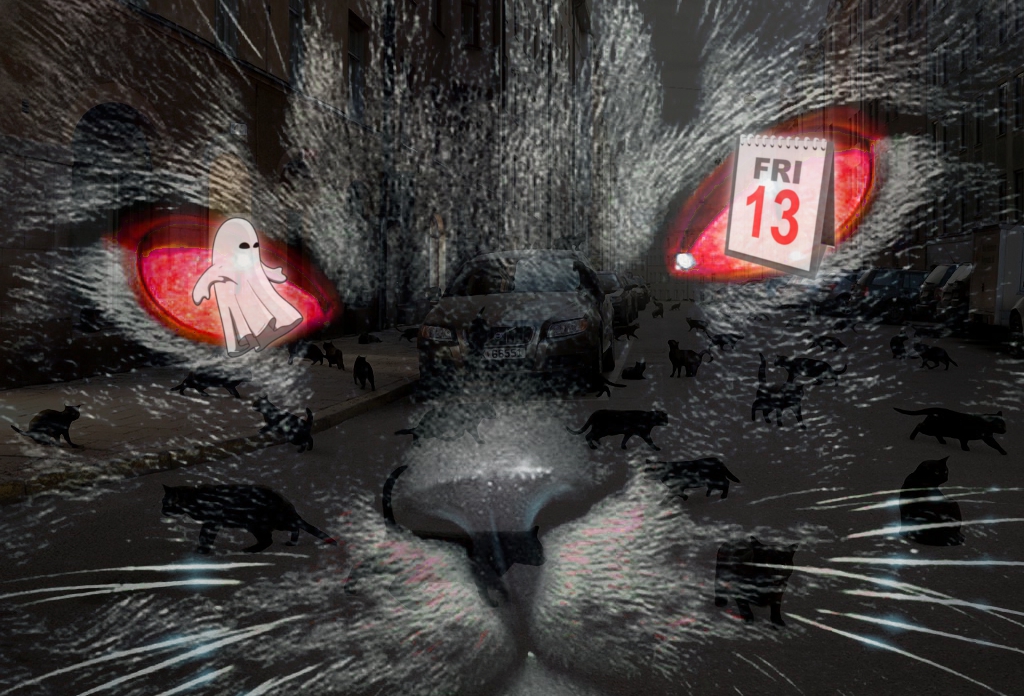


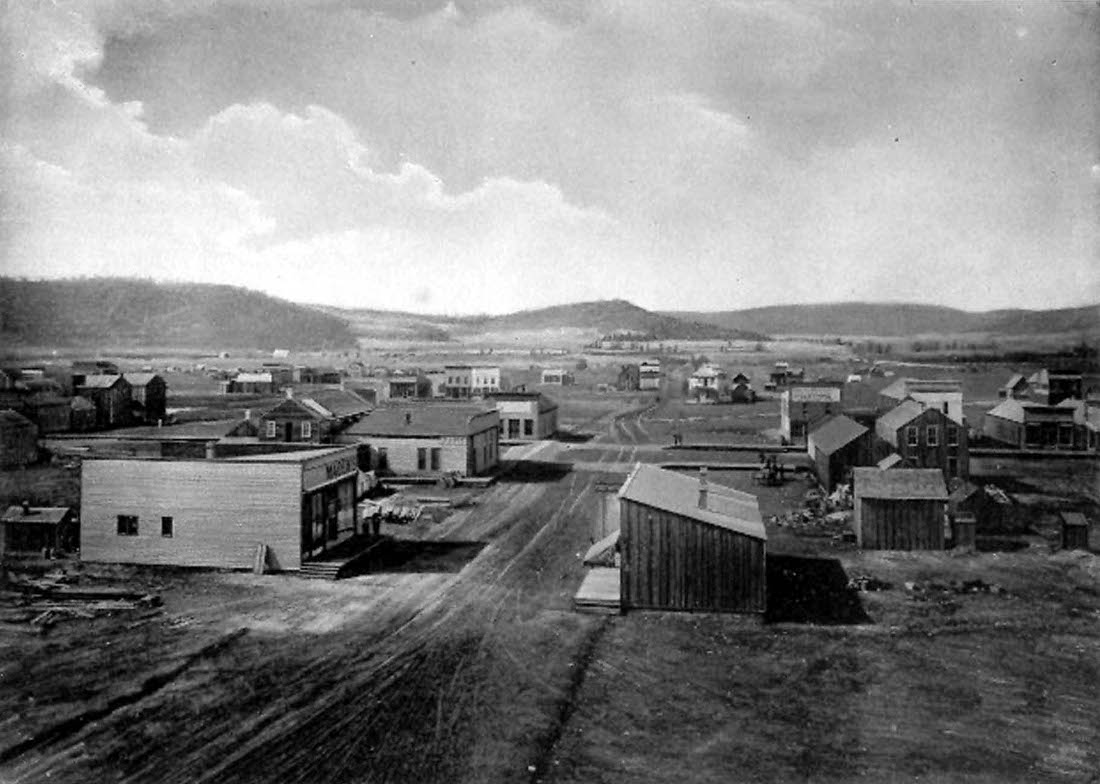
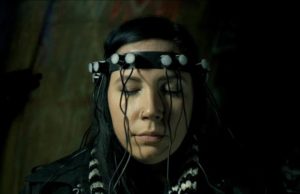
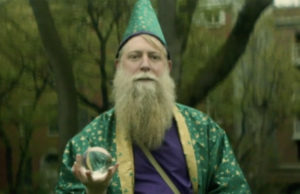
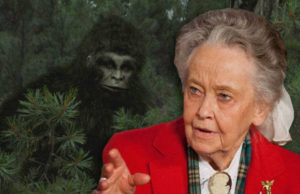

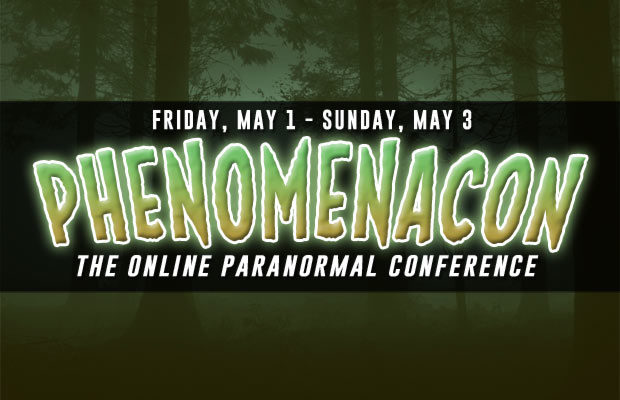
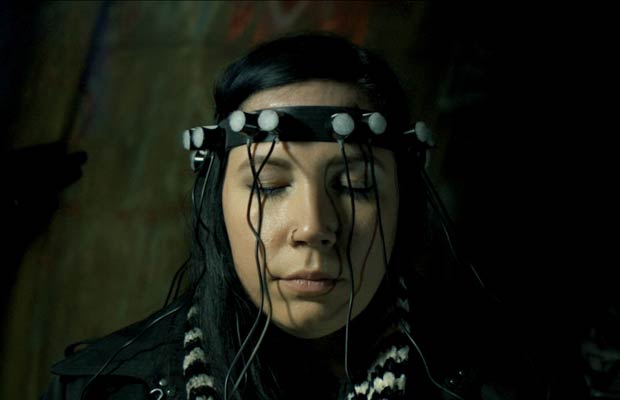

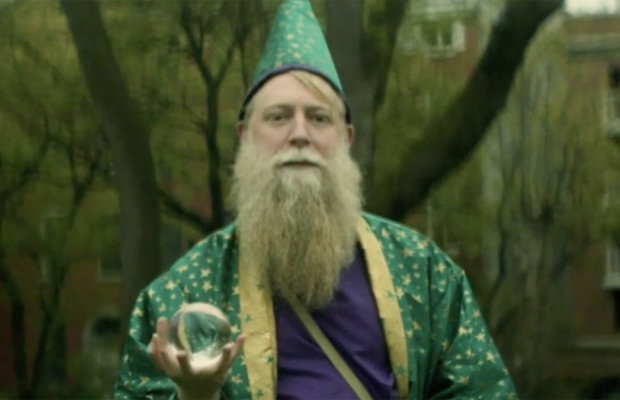

You must be logged in to post a comment Login